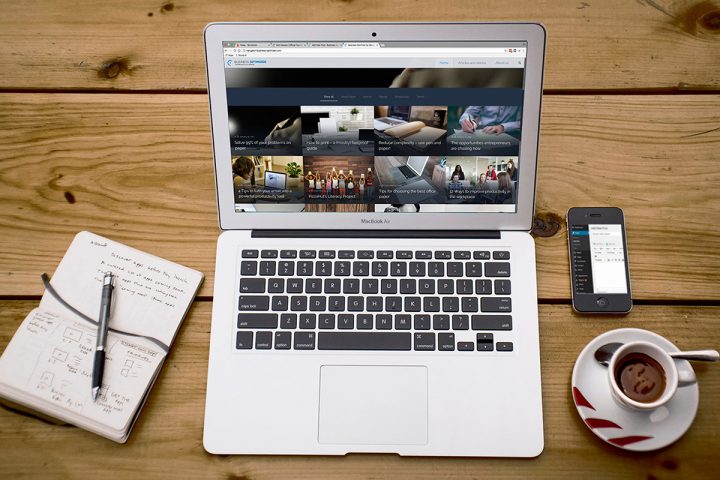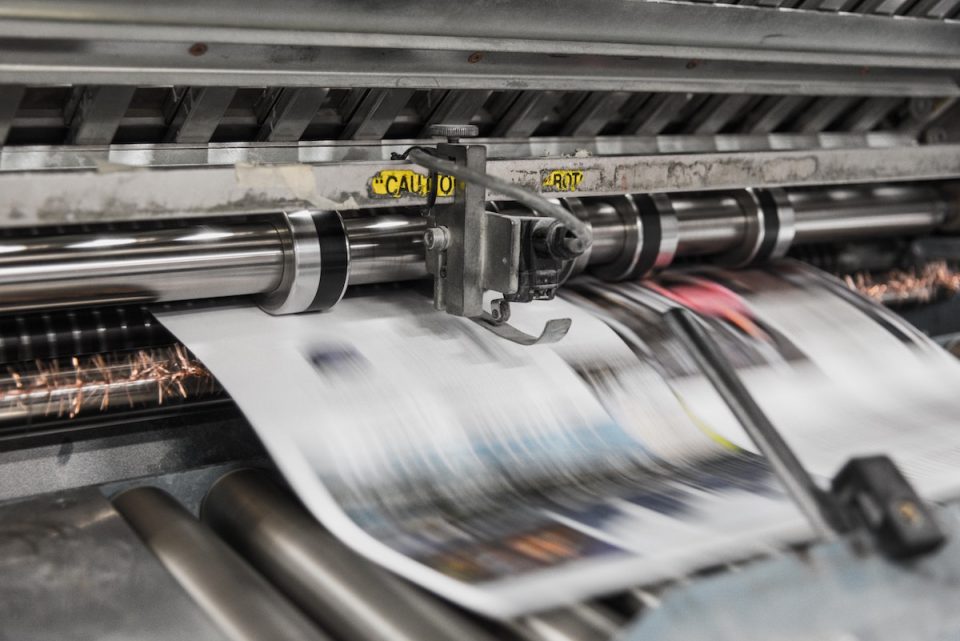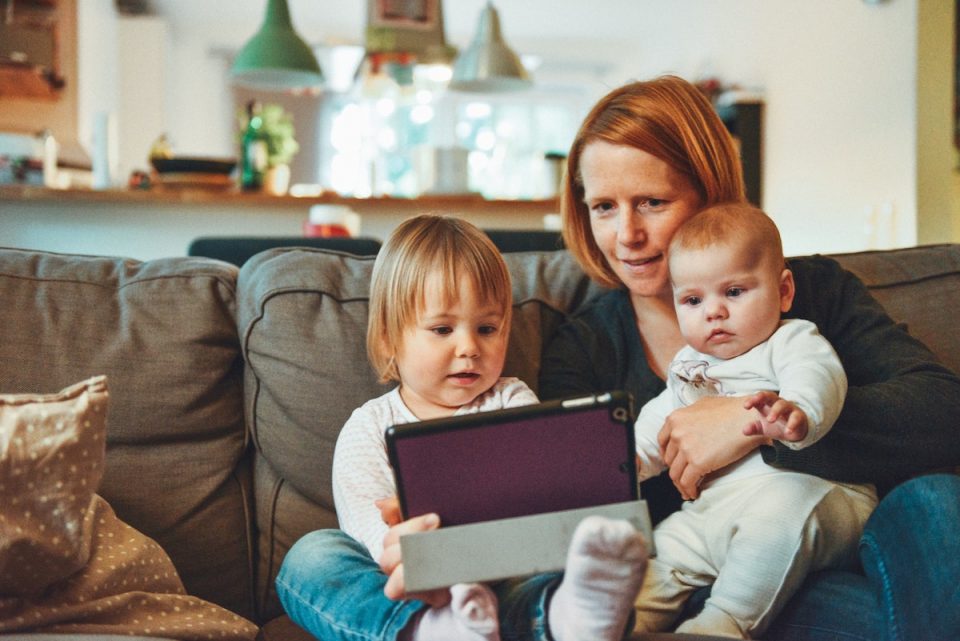7 Online Marketing Trends That Will Dominate 2017

Solve 99% of your problems on paper
January 31, 2017
Ten ways to become remarkably successful
February 9, 2017
We’re only at the start of the new year, but it’s never too early to look at the marketing trends that are going to dominate the next 11 months, and how you can be ready to take advantage of them.
1. Augmented reality is going to be big
Although you’re no longer in constant danger of bumping into people tracking Pokémon on their phones in the street, one thing it has proved is that there is a market – and an enthusiastic one at that – for augmented reality experiences, and across a wide age-range at that. Come up with a product or app that delivers extra value with in-use purchases, and you could be onto the next big thing.
2. Expect more live-streaming
2016 was the year when Facebook Live started as an “I’m having more fun than you” tool for individuals, and ended by documenting live events. With anything from charity fundraising stunts to live feed from public gatherings, to real-time launches of products and services, social media became the home of real-time event viewing, particularly for the mobile generation.
3. You won’t be plagued by number-blindness
It’s easy to find an endless raft of numbers difficult to digest, no matter how essential that digestion might be. However, bland pie-charts and graphs are a thing of the past as data visualisation tools like Plotly and Timeline take those numbers and appeal to our ability to interpret visual data far more easily.
4. Back to basics
‘Native’ advertising was there first, back when consumers were supposedly less cynical and more easily bought. As ever more complex and sophisticated marketing techniques are rejected by their target consumer groups, simpler tactics are grabbing their attention. Native advertising can take the form of sponsored content, or advertorials that genuinely provide value. With no call to action, the ‘push to purchase’ can actually be stronger.
5. Want a unique product for a unique customer? Niche markets and products will increasingly identify themselves.
A targeted campaign with a must-have product for a relatively small number of individuals is going to have a more successful run than scattergunning the same marketing across everyone with purchasing power.
6. Live workshops and webinars will take off
Involving your clients and customers in who you are, what you do, and how you do it will increase, and combined with augmented and virtual reality, it could be a winner, especially if their interactive experience has a direct impact on campaigns in a way that makes them feel directly involved with a product.
7. Content needs value
So-called ‘dense content’ will be required to knock competitors out of the way. Much of what we read online is becoming noise, and although there’s something to be said for avoiding headlines which look like clickbait, every line has to deliver value to the reader. In other words, if the headline is the hook that gets the reader to share, the first line of the first paragraph has to be just as strong. In other words, 2017 is going to be an exciting year of involving the target consumer, and in real time – in many ways, marketing is going back to basics with the advantage of modern technology.



